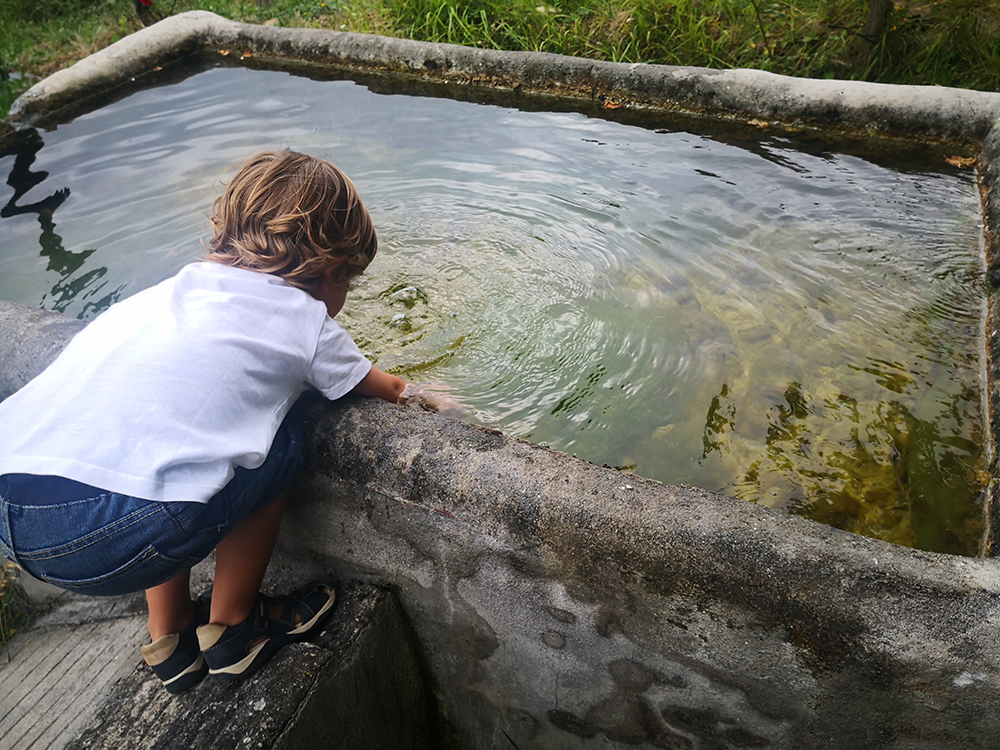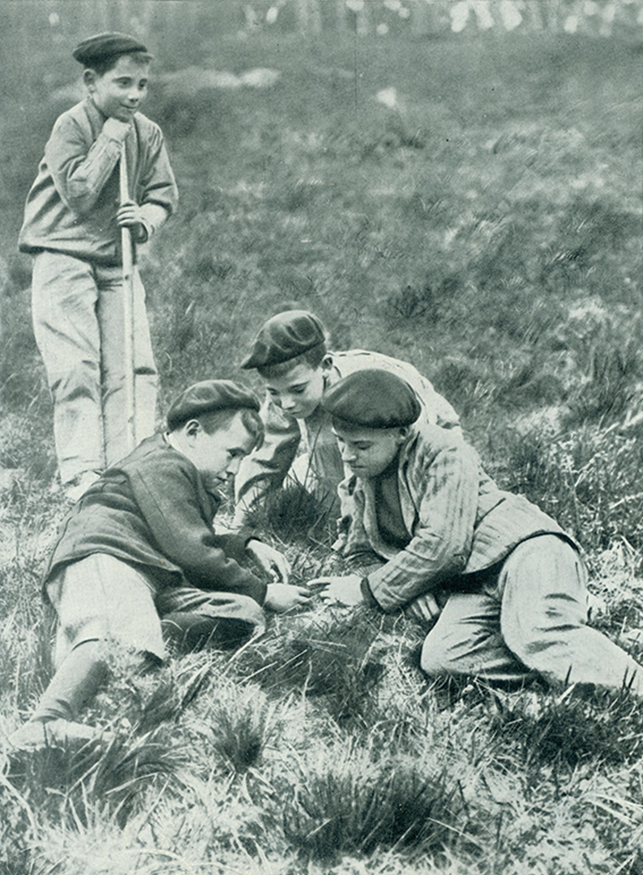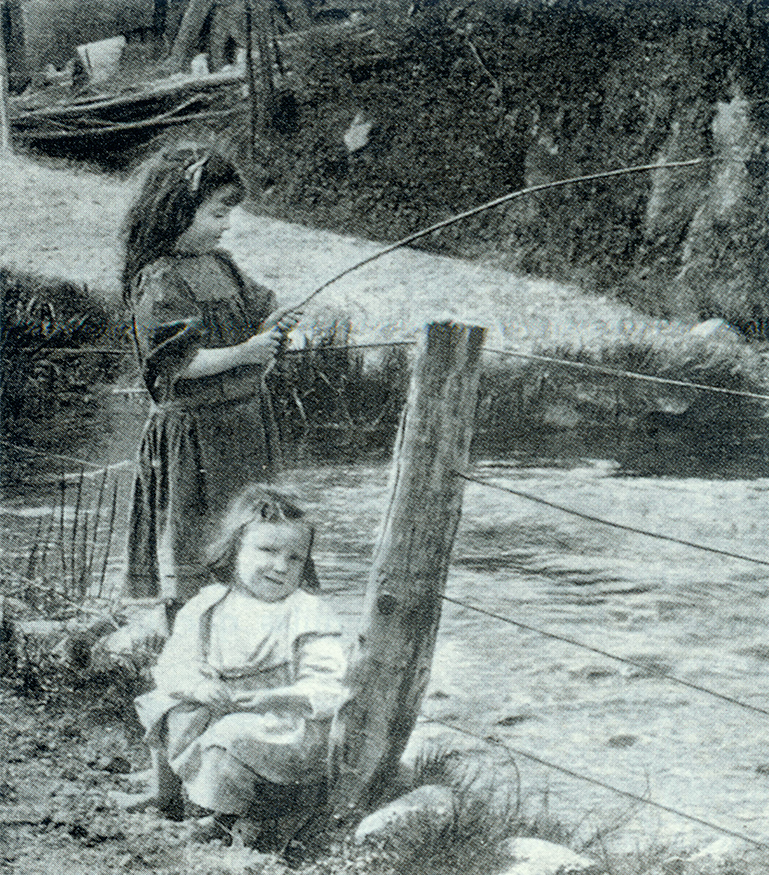Basque ethnography at a glance

Looking for tadpoles. Ziortza Artabe Etxebarria. Labayru Fundazioa Photographic Archive.
Haurrak haurlan, goes a popular Basque saying, that is, play is the ‘work’ of childhood. And traditionally most of that play took place out in the open air.
In their playtime children interacted with animals. Ladybirds, for instance, were thought to be able to predict the weather. They would place the precious insect on the forefinger, and while it climbed up, said the following words:
Marigorri, gona gorri,
bihar eguzki ala euri?
(Ladybird, in a red skirt / sunshine or rain tomorrow?)
If it flew away, the weather was likely to be good; if not, rain was said to come.

Cricket catching. Novedades. San Sebastián, 1911.
Cricket catching was also popular with children. The sharp chirping of the cricket gave away its hiding spot. It was then caught with the help of a stem of grass or a small twig. Kids usually kept and cared for them as pets so they could enjoy their tunes.
Birdwatching was another perfect pastime in rural areas. Small groups of children undertook exploratory expeditions to the woods and later boasted before others of the number of nests discovered, detailing the names of the birds and the stages of their nesting, but never ever revealing their location.
Girls and boys alike hung out around sources, water troughs, puddles and springs looking for tadpoles or enjoying a swim. Some grew fond of fishing and catching bermejuelas, eels, crayfish…

Fishing. Novedades. San Sebastián, 1912.
Children were likewise very much in touch with the plant kingdom. They liked to blow thistledown heads off, pull daisy petals off or dress themselves up with flowers and various leaves. Picking wild fruits was another favourite occupation. When in season, they wandered through the brambles binging on blackberries and incidentally amused themselves colouring their faces with them. Others, the bravest, dared to raid the fruit trees in the neighbourhood.
Pumpkin carving was another fun tradition among children and youth across the country. Pumpkins were cleaned out and spooky faces carved on them. Lit with candle lights, they were placed strategically on roadsides for scaring passers-by at night.
The lack of open spaces in urban centres and the current fascination for the new technologies have conditioned children’s play today. Moreover, school and out-of-school activities have gained greater attention to the detriment of time devoted to playing, which should precisely be their main ‘job’.
The transformations occurred in the adult world have been reflected in the world of children, the survival of certain traditional games depending very much on us, who know them, transmitting them.
Ziortza Artabe Etxebarria – Popular Cultural Heritage Department – Labayru Fundazioa
Translated by Jaione Bilbao – Ethnography Department – Labayru Fundazioa
Reference for further information: Children’s Games, part of the Ethnographic Atlas of the Basque Country collection.

